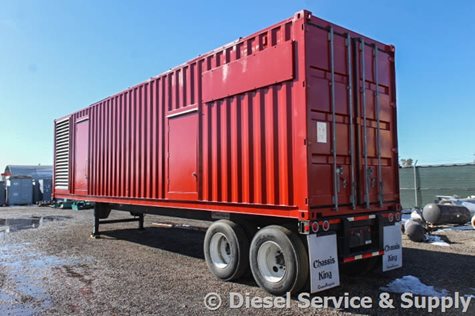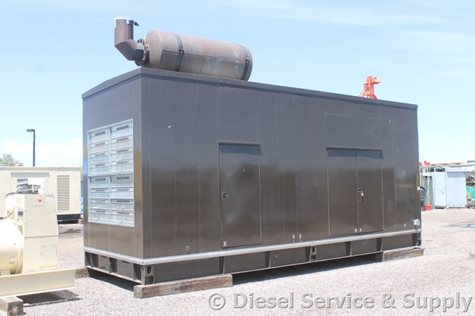| In the present times, power failures can no longer be addressed by simply lighting a candle or by using torchlight. The issue is not limited to grappling with mere absence of light or a temporary shutdown of domestic electrical appliances. Instead, a power outage now signifies an abrupt termination of connectivity with the rest of the world. In a fast-paced world that is now tightly networked over a virtual space, a disruption in connectivity severely handicaps smooth operability of businesses. This translates into hindrances in execution of mission critical tasks, irreparable damage to an organization’s repute, loss of faith among consumers, and eventually, forfeiture of revenues.
 Electrical Generators Electrical Generators
A helpless dependence on round the clock availability of electricity makes it imperative for enterprises and even households to make suitable arrangements for backup power to combat power outages that can strike at any time without prior warning. Such emergencies can be handled by the use of electrical generators. These units function as backup power systems to feed electricity to critical loads or to the entire household or enterprise.
An electrical generator is a device that works on the principle of electromagnetic induction to generate electrical energy from a source of mechanical energy, such as a turbine rotated by the force of falling water, a wind turbine, a hand crank, solar energy, an internal combustion engine or any other similar source. Based on the kind of requirements they address, generators can be classified into two types – Portable and Stationary. Please browse our inventory for a complete list of used generators and new generators which include both stationary and portable units to fit any need.
Portable Generators
As the name implies, portable units are not designed for permanent installation. Instead they work with stand-alone applications and are meant to temporarily energize a few critical applications via external cords. These are usually functional for a run time of less than 12 hours, and provide a power output of 500W to 17.5kW. Different models of portable units can be fuelled using one or more of specific energy sources like gasoline, diesel, bio-diesel, propane or natural gas. Most portable units are air-cooled and hence ought to be operated in the open for availing maximum air ventilation. Arrangements should also be made to protect them from rain, snow and such other elements; else vital parts can rust and corrode severely diminishing the durability of the equipment. Often, portable units do not have a provision for sound insulation and can be extremely noisy in operation. Furthermore, there is the added effort that one needs to make in hauling the unit out of its storage, plugging it in and refueling the tank, every time there is a power outage.
Portable units are typically used when backup power requirements are low or only temporary. These serve as handy accessories in residential applications, where they can provide energy for lighting, sump pumps, specific essential appliances like refrigerators and air conditioners, and vital medical equipment. They also find use at construction sites, farms, motor homes, and recreation vehicles, and during camping trips. These units are generally used in trailers where the small power output generated is adequate. Also, being compact and lightweight, these sets can be conveniently stored in the trailer compartment or in the back of a tow vehicle.
 Stationary Generators Stationary Generators
Despite the many advantages associated with portable units, they are not suitable for addressing very high power requirements, such as those of an enterprise, for very long periods of time. In such a case, the permanent standby generator addresses the exacting and urgent power requirements of businesses. This unit provides power by being hard-wired into the main distribution panel and can be started manually or even automatically in the event of a power outage. During a power failure, an automatic transfer switch isolates the electrical wiring from the utility grid and signals the generator to start functioning. The generator begins to feed power to the lines. When power is restored, a reverse action takes place, wherein incoming feed is once again procured from utility lines and the generator ceases to function and goes into a standby mode. The transfer time is usually about 10 to 30 seconds. Hence, it is essential to make provisions for uninterrupted power supply (UPS) in the interim so that computer systems and applications are not abruptly shut down during transfer time. Also, it makes practical sense to ensure UPS availability during times when the generator is shut down once in every 50 to 100 hours for the purpose of changing motor oil. Stationary generators are capable of supporting very high power levels in the range of 3kW to several hundreds of kilowatts, for extended periods of time.
Choice Based on Requirements
All said and done, choosing the appropriate kind of generator should be guided mainly by the user’s requirements. While portable units are less expensive than the stationary ones, their utility is limited only to small power requirements for brief periods. On the other hand, while stationary generators are most suitable for providing high power continuously for several hours at a stretch, they may not make economic sense in the case of temporary and infrequent requirements. For further tips on choosing a generator please visit our article archive for topics such as tips on buying used generators, new versus used generators, generator installation, generator safety and more.
|